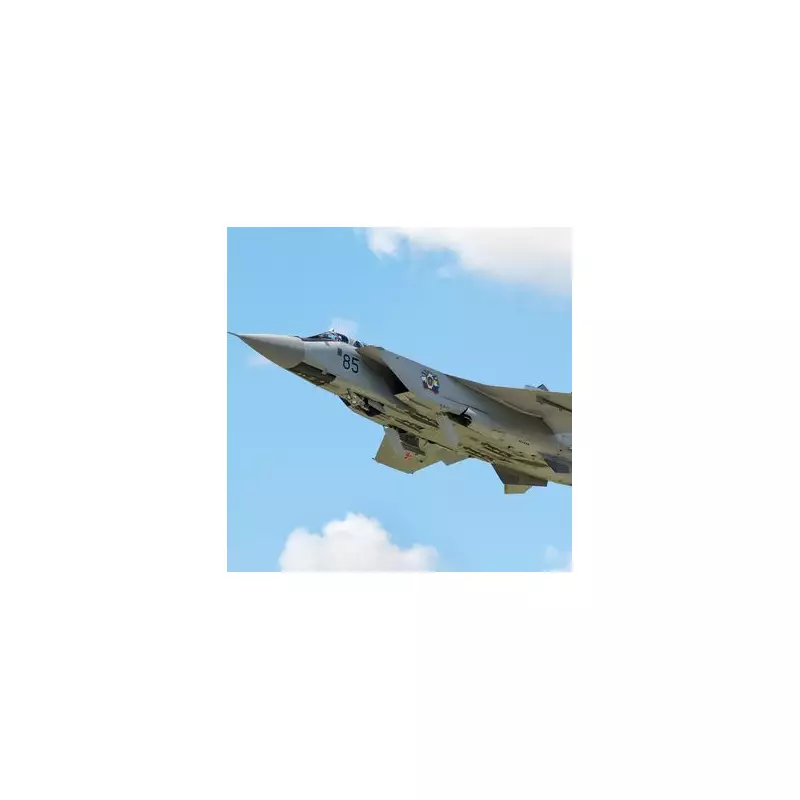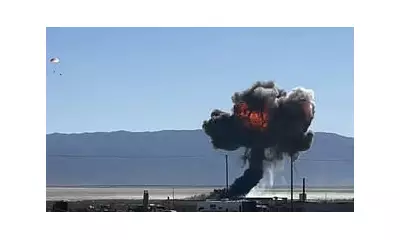
In a dramatic escalation of tensions, NATO forces were forced to scramble fighter jets including British Typhoons after multiple Russian military aircraft were detected approaching alliance airspace in a provocative move over the Baltic region.
The urgent response saw UK jets based in Estonia join forces with German and Spanish counterparts to intercept and monitor the approaching Russian planes in what defence officials are describing as a significant test of NATO's readiness.
Rapid Response Activation
According to NATO air command, the incident unfolded when air defence systems detected several Russian aircraft flying without transponder signals or flight plans, presenting a potential risk to civilian air traffic and alliance security.
The quick-reaction alert force, which includes RAF Typhoons currently stationed in Estonia as part of NATO's enhanced air policing mission, was immediately activated to investigate and shadow the approaching aircraft.
Multi-Nation Interception Operation
German Eurofighter jets and Spanish F-18 Hornets joined the British Typhoons in a coordinated response, demonstrating NATO's collective defence capabilities in action. The allied aircraft successfully identified the Russian planes and monitored their movements until they turned away from NATO airspace.
This incident marks one of the most significant aerial encounters in recent months, occurring amid heightened tensions between Russia and Western powers following the ongoing conflict in Ukraine.
Baltic Region on High Alert
The Baltic Sea region has become a focal point for such intercepts, with NATO allies maintaining enhanced air policing missions to protect the airspace of eastern flank nations. The UK's commitment to this mission underscores Britain's leading role in European security architecture.
Defence analysts note that such incidents, while not uncommon, serve as stark reminders of the ongoing military posturing in the region and the importance of maintaining robust air defence capabilities.
This developing story highlights the continued volatility in European security affairs and NATO's unwavering commitment to collective defence in the face of potential threats.





